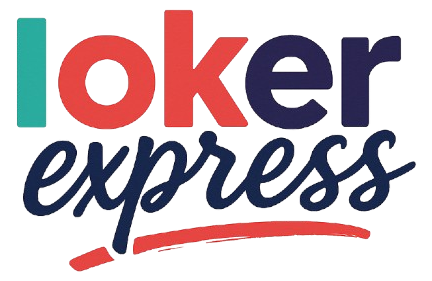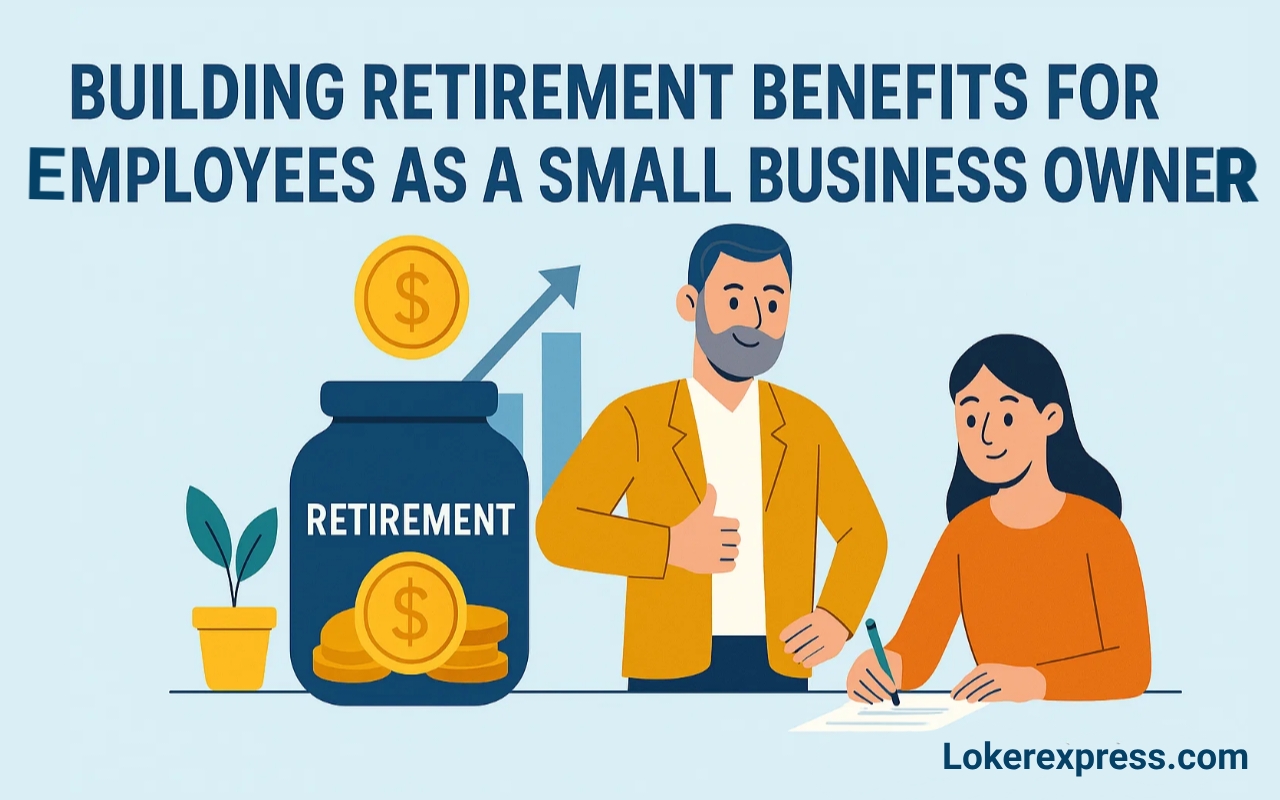Introduction
Small business owners face unique challenges in attracting and retaining top talent, especially when larger corporations appear to offer more robust benefits packages. However, offering retirement benefits is an effective way to level the competitive landscape. Not only does it provide employees with long-term financial security, but it also signals to your staff that you are invested in their future. Today, a variety of accessible resources and expert 401(k) providers for small businesses streamline the process, taking the complexity out of setting up a plan. With a strong benefits package, you solidify the foundation of your company, fostering loyalty and a sense of shared purpose among your workforce.
While the process of introducing retirement benefits might seem daunting at first glance, the environment for small business retirement plans is more favorable than ever before. Legislative support, improved plan designs, and seamless administrative tools have created a wealth of options specifically tailored to small businesses. Adopting a retirement plan isn’t just about enhancing your compensation offering—it is a core strategic move for future-proofing your business in today’s fiercely competitive job market.
Why Offer Retirement Benefits?
Retirement benefits provide far more than just immediate financial value; they are a powerful strategic lever for small businesses. According to a survey by Fidelity Investments, over half of small business owners see offering retirement plans as a way to recruit and attract talented candidates, and 63% believe it is simply the right thing to do for their staff. The business advantages are clear—employees are far more likely to remain loyal to companies that invest in their future, reducing the need to constantly recruit and retrain new workers. When access to a retirement plan becomes a differentiating factor, your business can stand out, especially as only about a third of small businesses currently offer these plans. This strong link between benefit provision and workplace satisfaction is explored further in this overview: Only A Third of Small Businesses Have Retirement Plans.
Employees increasingly prioritize comprehensive benefits over marginal increases in salary. By providing access to a retirement plan, business owners demonstrate empathy, foresight, and a genuine commitment to their team’s welfare. This makes your business more attractive to new hires and motivates your existing staff to perform at their best, knowing their contributions are valued and their futures are secure. Ultimately, offering retirement benefits is a statement about your company culture, and that reputation can travel far within your industry and community.
Retirement Plan Options for Small Businesses
The market has responded to demand from small businesses by offering a variety of flexible retirement plan solutions. Each plan is tailored to match different business sizes, staffing levels, and trajectories for growth. It’s critical to evaluate your current company structure and long-term ambitions when making a selection:
- SIMPLE IRA (Savings Incentive Match Plan for Employees):
- Best for: Companies with fewer than 100 employees. This plan is easy to set up and ideal for businesses looking for a straightforward, scalable solution.
- Pros: Simplicity is the hallmark here, with minimal paperwork and lower administrative costs than more complex plans. Employer-matching contributions encourage employee participation.
- Cons: The main limitation is the lower maximum contribution limit for employees compared to a traditional 401(k).
- SEP IRA (Simplified Employee Pension):
- Best for: Sole proprietors, freelancers, and small business owners with very few employees.
- Pros: Highly flexible contribution levels are set by the employer each year, with some of the highest contribution ceilings available for small entities. Setup is quick and inexpensive.
- Cons: The employer is required to make the same percentage contribution for each eligible employee, and employees cannot contribute directly themselves.
- Solo 401(k):
- Best for: Self-employed business owners with no employees other than a spouse.
- Pros: Maximum contribution flexibility—owners can contribute as both employee and employer to reach higher annual limits. The plan also allows for loans, providing added financial flexibility.
- Cons: These plans are exclusive to businesses with no eligible employees other than the owner and spouse.
- Traditional 401(k):
- Best for: Fast-growing companies or those actively competing for high-caliber talent in their market.
- Pros: Offers the highest contribution limits, plan design flexibility, optional employer matching, and eligibility for various profit-sharing strategies—often seen as the “gold standard” in workplace retirement options.
- Cons: This plan generally involves higher administration needs and costs compared to IRA-based plans, which new tax incentives and outsourcing solutions can offset.
Selecting the right plan depends on your company’s goals, workforce makeup, and forward-looking strategies. Also, consider how each plan aligns with your ability to offer competitive benefits in your industry. Tax advantages for employers and employees can make these plans a strategic financial tool beyond retirement savings. Consulting with a financial advisor or benefits specialist can help ensure you maximize both compliance and long-term value.
Choosing the Right Provider
The choice of retirement plan provider can significantly affect your experience, long-term costs, and the level of employee satisfaction your plan generates. Seek out an experienced partner with a proven track record of serving small businesses, transparent fee structures, and clear, accessible support. Professional 401(k) providers for small businesses can help guide you through your options and handle much of the heavy lifting in plan administration and regulatory compliance, saving you time and ensuring you remain focused on business success.
Tax Incentives and Recent Legislation
Policy makers have recognized the importance of employee retirement benefits for small businesses and have enacted meaningful legislative changes to reduce financial barriers. The SECURE 2.0 Act of 2022 delivers significant tax incentives designed to make the adoption of retirement plans easier and less costly:
- Startup tax credits: Small businesses can recover up to 100% of the costs involved in launching a new qualifying retirement plan, including 401(k), SIMPLE IRA, or SEP IRA, with an annual cap of $5,000 for the first three years.
- Employer contribution credits: Extra tax credits can help offset the initial costs of making employer contributions, worth up to $1,000 per employee and gradually phasing out over five years.
- Credits for automatic enrollment: Businesses can further boost employee plan participation by earning tax credits when automatic enrollment features are used, lowering both administrative burden and the risk of employee inertia.
These initiatives provide substantial relief for smaller companies that might otherwise view the cost of retirement plan administration as prohibitive. The impacted tax landscape makes these plans financially attractive and expands the flexibility and scope of accessible retirement options.
Understanding Costs and Benefits
One of the most common hurdles preventing small business owners from implementing retirement plans is the myth that the costs are unpredictable or excessive. In reality, startup expenses are typically modest—sometimes as low as $500—and ongoing plan administration fees can often be managed for just a few hundred dollars a year, especially as digital recordkeeping and outsourced management have become industry standards. When compared to the recruitment and turnover costs associated with hiring, onboarding, and retraining new employees, the return on investment can quickly become obvious:
- Retention rates and employee satisfaction soar, sharply reducing recruitment costs and productivity loss due to turnover.
- Employee morale, engagement, and productivity are measurably enhanced when staff feel financially secure about their futures.
- Tax credits and deductions directly decrease your year-over-year costs, freeing up budget for other strategic initiatives.
Balancing these benefits against the investment required reveals a favorable economic case for most small business owners.
Enhancing Business Reputation and Compliance
The decision to provide retirement benefits is also a reputational investment, reinforcing your organization’s values and establishing a positive brand image among both job seekers and clients. In today’s business climate, customers and business partners are increasingly interested in the ethical and sustainable practices of companies they engage with. Offering retirement plans sends a strong message about your commitment to supporting the long-term success of your employees. Furthermore, as more states pass laws mandating that businesses provide access to retirement savings, early adoption keeps you ahead of regulatory changes and avoids costly penalties. Proactive planning demonstrates your readiness to lead, not just comply, which can set the stage for deeper business relationships and a stronger presence in your community.
Conclusion
Introducing or upgrading retirement benefits as a small business owner is less about navigating obstacles and more about making a meaningful, long-term commitment to your people and your business. With flexible and affordable plan options, strong new tax incentives, and accessible support from professional 401(k) providers for small businesses, there has never been a better time to invest in your team’s future. By taking this important step, you ensure a loyal, motivated workforce, meet state and federal guidelines, and lay the foundation for your company’s continued growth, stability, and community reputation.

